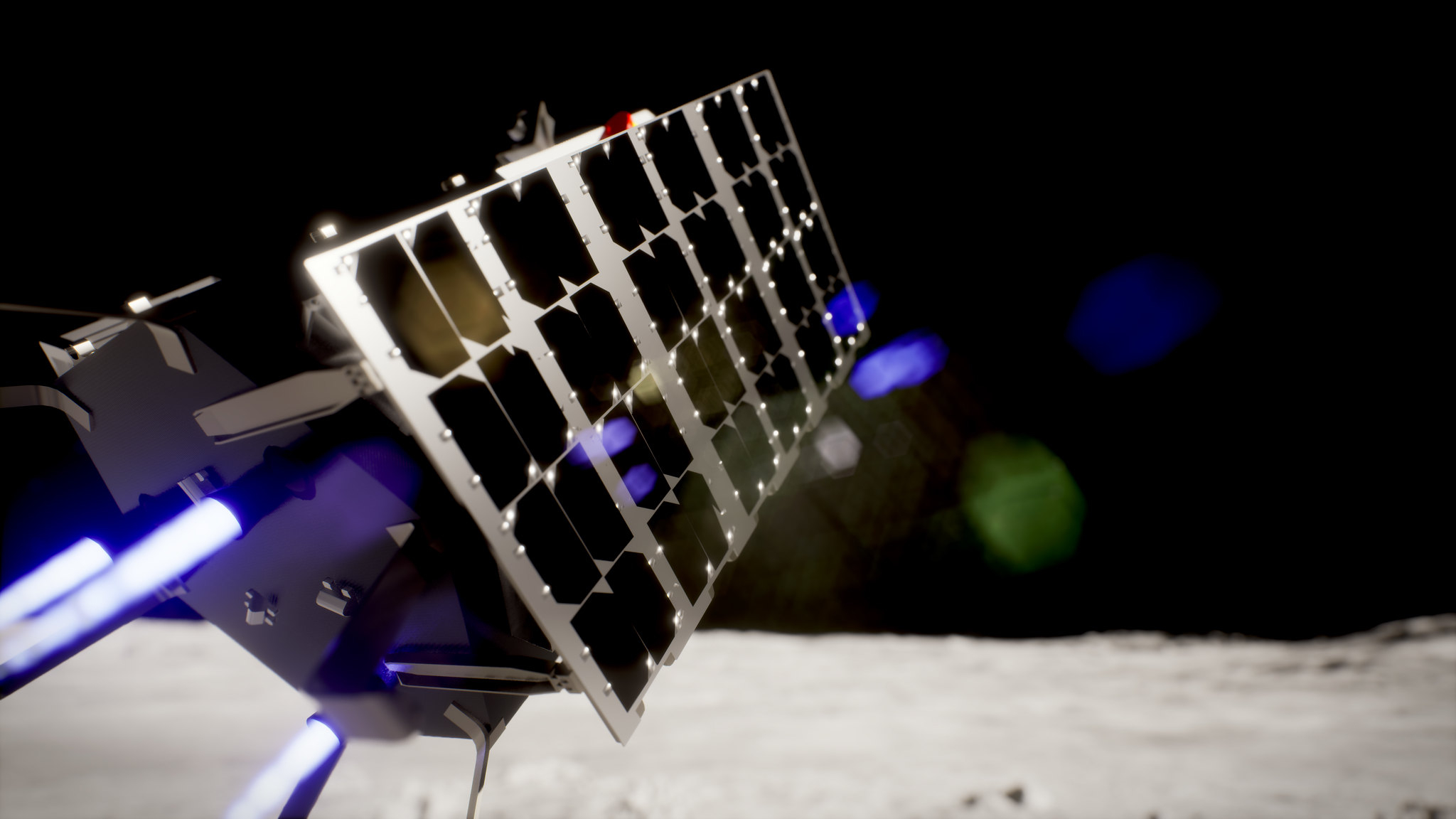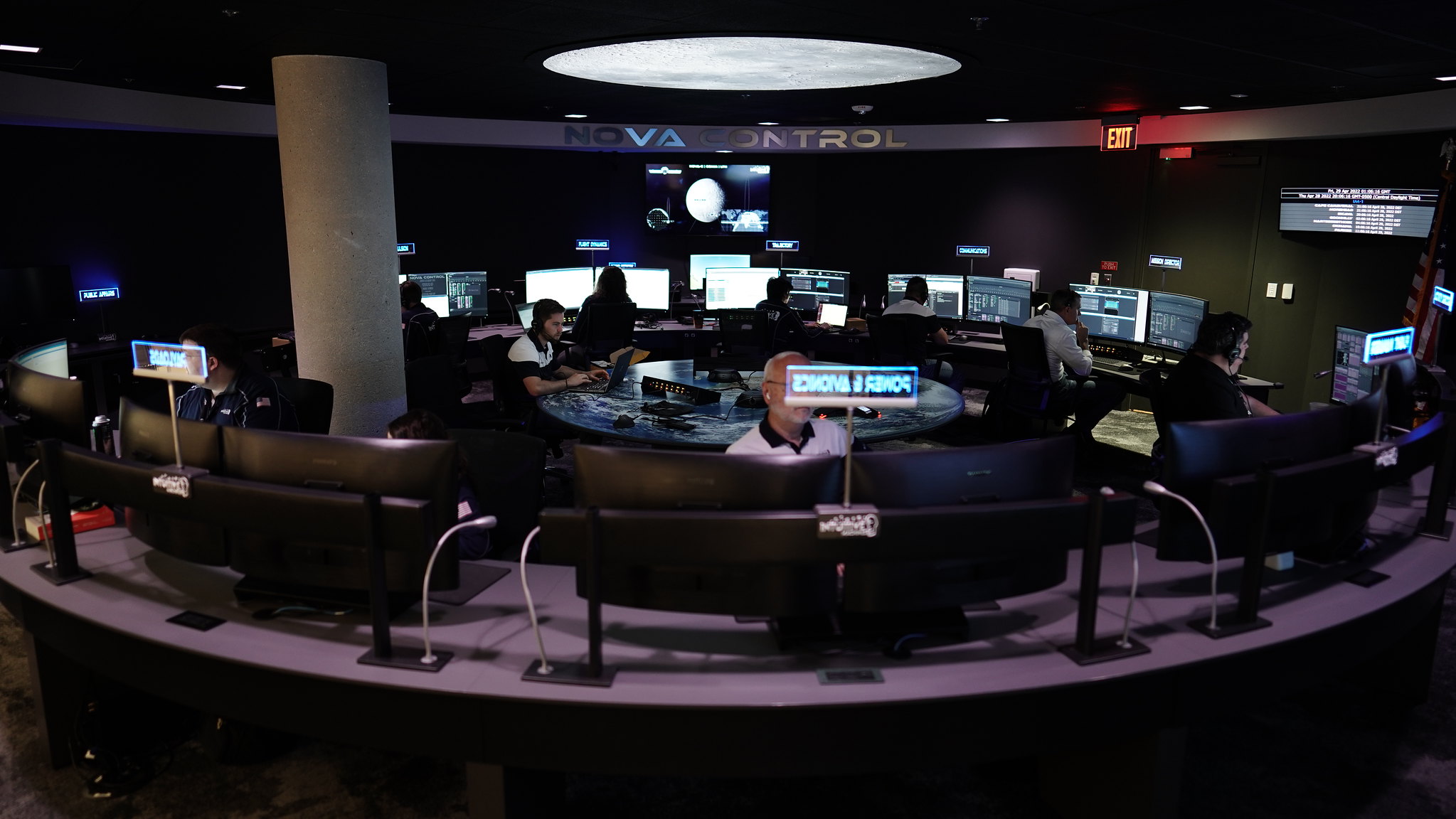What is Intuitive Machines and how is it aiming for the moon?
Winning a NASA contract to send scientific experiments to the moon, Intuitive Machines represent an exciting new future for lunar exploration.
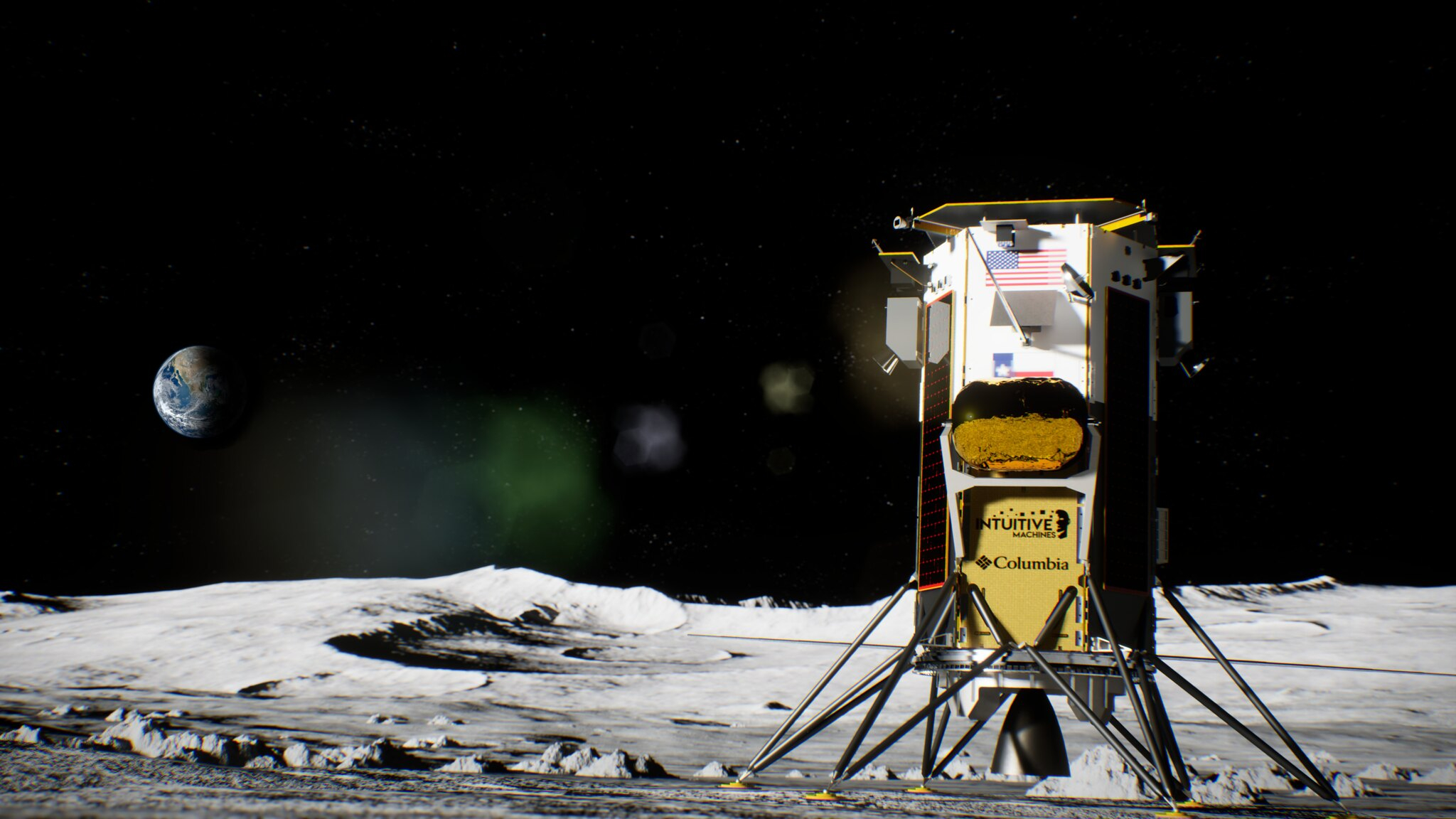
Intuitive Machines will deliver five payloads for NASA to the lunar surface as part of their long-awaited IM-1 mission.
Two more lunar missions are also in the pipeline, all as part of NASA's Commercial Lunar Payload Delivery Services (CLPS) program in which NASA outsources the delivery of science payloads to the moon to the private sector.
Related: Moon viewing guide: What to look for on the lunar surface
What is Intuitive Machines' first mission?
The robotic IM-1 will head to the lunar south pole and is a fitting destination for IM-1, which will be the first American-led mission to reach the surface of the moon since the crewed Apollo 17 in 1972. (NASA also plans to target the south pole with its Artemis program that will eventually ferry astronauts to the surface.)
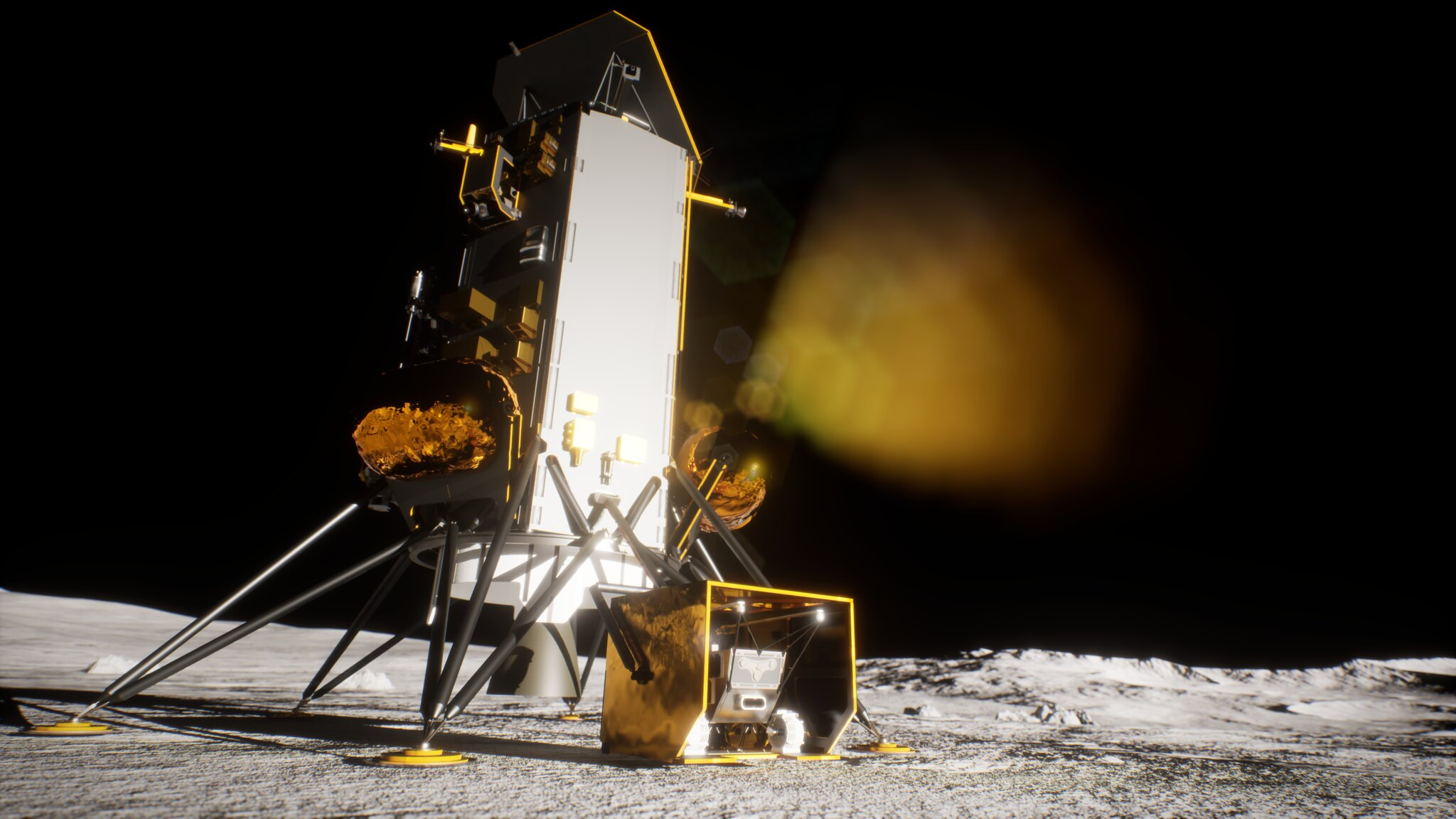
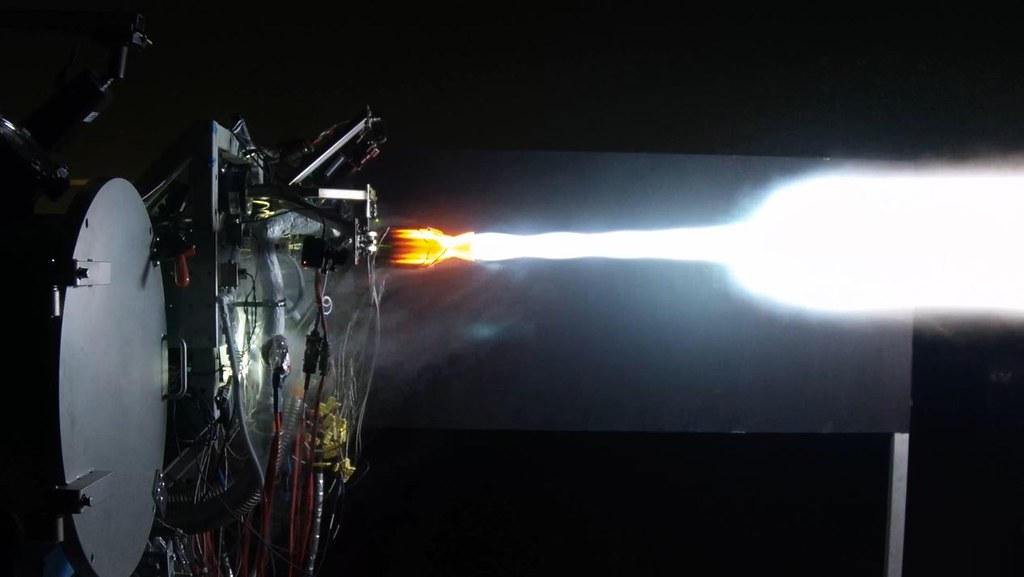
Launching on a SpaceX Falcon 9 rocket no earlier than mid-February 2024, the foundation of the mission is Intuitive Machine's Nova-C lander, which is a solar-powered hexagonal cylinder with six landing struts, able to carry scientific payloads totaling up to 286 pounds (130 kilograms).
IM-1 will have five NASA science experiments on board:
- A Laser Retro-Reflector Array (LRA) will allow Earth-bound astronomers to measure how fast the moon is moving away from Earth.
- The Navigation Doppler Lidar for Precise Velocity and Range Sensing (NDL) will measure the Nova-C's descent to help ensure a safe landing.
- The Lunar Node 1 (LN-1), is a radio beacon that will assist in navigation.
- Stereo Cameras for Lunar Plume-Surface Studies (SCALPSS) will study, through video and still images, how the Nova-C's rocket exhaust plume affects the lunar regolith.
- Radio-wave Observation at the Lunar Surface of the photoElectron Sheath (ROLSES), will explore the level of space weather at the lunar surface and how it could affect spacecraft and astronauts.
Intuitive Machines's second and third missions
A second Intuitive Machines mission, IM-2, set to launch on a SpaceX Falcon 9 mid- 2024, will head for the lunar south pole with a new addition, the Micro Nova (μNova) Hopper, which will be able to deploy off the Nova-C lander and hop, like a pogo stick, as far as 15. 5 miles (25 km) across the surface. It will even be able to bounce into permanently shadowed areas where there could be ice and then hop back out again. The Micro Nova is expected to take the first-ever pictures from inside craters at the lunar south pole, according to Intuitive Machines.
Breaking space news, the latest updates on rocket launches, skywatching events and more!
Other experiments on the IM-2 mission will include an ice drill called the Polar Resources Ice Mining Experiment-1 (PRIME-1) to demonstrate how it will be possible to extract volatiles from the lunar surface for drinking water, air and rocket fuel.
IM-3 will then head to the moon in 2024; a Nova-C lander will carry four science instruments to explore Reiner Gamma, which is a mysterious "lunar swirl" associated with local magnetic fields. NASA describes how the mission will deploy a team of small robots called the Cooperative Autonomous Distributed Robotic Exploration (CADRE) that will autonomously explore and investigate the lunar surface, as well as a small NASA rover, called Lunar Vertex.
All the missions will be managed and monitored from Intuitive Machines' high-tech mission control, named Nova Control, in Houston, Texas.
The future of Intuitive Machines
Beyond the three missions as part of the Commercial Lunar Payload Delivery Service program, Intuitive Machines have even more ambitious plans for the future.
In the last quarter of 2022, the company went public and floated on the stock exchange, aiming to raise up to $400 million in capital. This would be invested in several new projects, including the Lunar Data Network, which will be a constellation of five satellites orbiting the moon that will begin to launch in 2023 and will be in contact with nine ground stations in seven locations worldwide to provide continuous line-of-sight communication with any missions at the moon.
Intuitive Machines have also partnered with Northrop Grumman to design a surface rover called the Lunar Terrain Vehicle that will be able to transport Artemis astronauts across the lunar surface once humans return to the moon with NASA's Artemis program.
Meanwhile, the company is beginning work on their Nova-D lander, which will be larger than the Nova-C and be able to carry payloads of up to 1,650 pounds (750 kg), which is sufficient for NASA's "Discovery class" of missions (an example of which was NASA's InSight Mars lander).
However, to reach the full potential of the scientific payloads they carry, Intuitive Machines' landers will need to survive for longer periods on the lunar surface than they are currently capable of. Nova-C missions can be maintained for 14 Earth days; being solar-powered, when lunar night draws in the lander will power down and the mission will end. The Nova-C is able to keep warm to an extent thanks to a partnership with Columbia Sportswear, who have provided insulation to keep the science payloads warm, but for long-duration missions, another source of power is required. Therefore, Intuitive Machines are in the process of developing a radioisotope heater so they can survive the lunar night, with missions then potentially able to last months or even years.
Additional resources
Learn more about Intuitive Machines on their official website. Explore the IM-1 mission in more detail with these resources from NASA.

Keith Cooper is a freelance science journalist and editor in the United Kingdom, and has a degree in physics and astrophysics from the University of Manchester. He's the author of "The Contact Paradox: Challenging Our Assumptions in the Search for Extraterrestrial Intelligence" (Bloomsbury Sigma, 2020) and has written articles on astronomy, space, physics and astrobiology for a multitude of magazines and websites.
